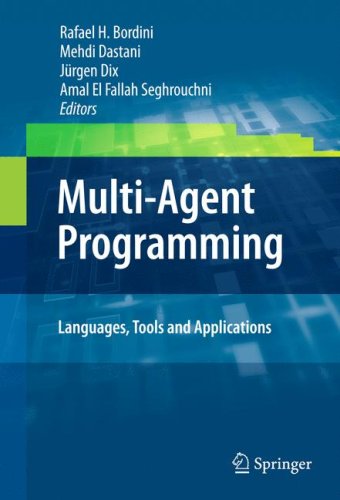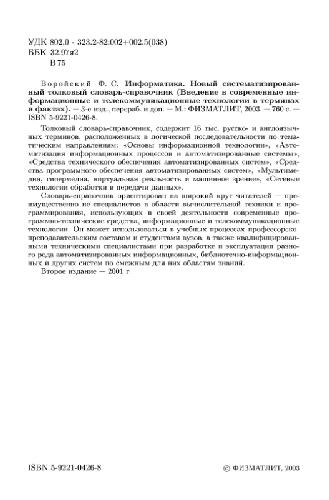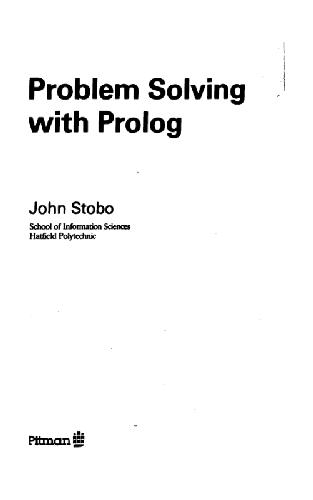Michael fisher, Anthony Hepple (auth.), Amal El Fallah Seghrouchni, Jürgen Dix, Mehdi Dastani, Rafael H. Bordini (eds.)0387892982, 9780387892986
This book, along with the previous work Multi-Agent Programming: Languages, Platforms and Applications, provides and maintains an updated state of the art related to Multi-Agent Systems programming.
This volume includes chapters describing programming languages and their platforms, discussing the features of the languages, the communication mechanisms they provide, their underlying execution model and interpreters, their expressiveness, verification possibilities, and the software engineering principles that they follow. Additional chapters present and evaluate various types of development tools such as debugging tools, testing tools, modelling tools, environment artifacts, and integrated development environments (IDEs). Also included is a chapter dedicated to a specific application providing a multi-agent environment for negotiation; the chapter describes how the target multi-agent system has been designed and specified.
Specific topics featured include:
MetateM, an approach to capture the dynamic nature of agents and their groups
the IndiGolog language, its implementation, and applications that have been realized with it
Brahms, a multi-agent modelling language for simulating human work practice, currently used at NASA
GOAL , a high-level language to program rational agents that derive their choice of action from their beliefs and goals
JIAC, a Java-based agent framework with an emphasis on industrial requirements such as software standards, security, management, and scalability
Agent Factory, a cohesive framework for the development and deployment of multi-agent systems
a tool for generating test cases for unit testing of agent-based systems, and a tool for debugging agent programs by monitoring a running system
a platform and infrastructure that provide a general-purpose programming model for building shared computational worlds (called ‘work environments’) that agents, possibly belonging to heterogeneous agent platforms, can exploit to work together within a Multi-Agent System
a detailed investigation of the landscape of available agent-oriented development tools
System for Analysis of Multi-Issue Negotiation (SAMIN), which offers a negotiation environment that supports and facilitates the creation of various negotiation setups and discusses some of the experimental results
an appendix, summarizing each of the six agent programming languages presented in the book
Multi-Agent Programming: Languages, Tools and Applications presents a number of mature and influential multi-agent programming languages, platforms, development tools and methodologies, and realistic applications, summarizing the most current developments in an accessible manner for professionals and computer science students at all levels.
Table of contents :
Front Matter….Pages i-xxvii
Front Matter….Pages 2-2
Executing Logical Agent Specifications….Pages 1-27
IndiGolog: A High-Level Programming Language for Embedded Reasoning Agents….Pages 31-72
Brahms An Agent-Oriented Language for Work Practice Simulation and Multi-Agent Systems Development….Pages 73-117
ProgrammingRationalAgents in GOAL….Pages 119-157
Merging Agents and Services — the JIAC Agent Platform….Pages 159-185
Towards Pervasive Intelligence: Reflections on the Evolution of the Agent Factory Framework….Pages 187-212
Front Matter….Pages 213-213
Debugging and Testing of Multi-Agent Systems using Design Artefacts….Pages 215-258
Environment Programming in CArtAgO….Pages 259-288
A Survey of Agent-oriented Development Tools….Pages 289-329
Front Matter….Pages 330-330
A Multi-Agent Environment for Negotiation….Pages 333-363
Back Matter….Pages 1-24







Reviews
There are no reviews yet.